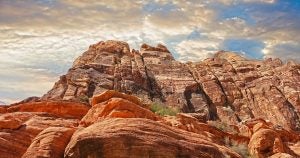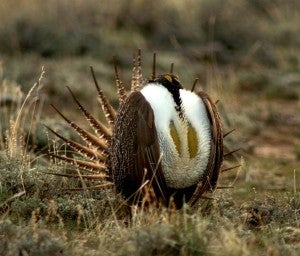This year has been one of the toughest yet for communities across the country feeling the impacts of climate change.
Farmers took big hits from unprecedented flooding in the Midwest, coastal communities were pummeled with record-breaking rainfall and storms, and more than 250,000 acres in my home state of California burned from wildfires that took precious lives and left millions of people without power for days on end. As we enter a new decade, these four stories of resilience provide hope that we will take bold climate action in 2020. Share on X
It’s easy to feel hopeless hearing one climate disaster story after another. But if you look around, there are also stories of resilience that can provide hope for the future. Here are four that inspire me. Read More











